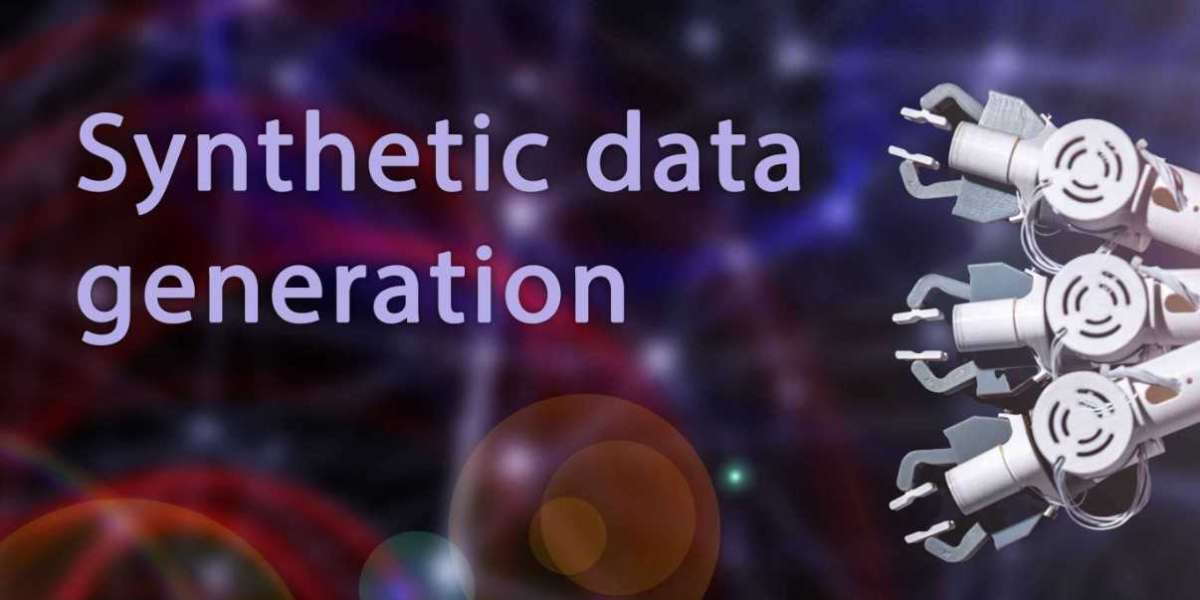In today’s data-driven world, businesses and developers constantly seek new methods to improve testing without compromising privacy or security. One emerging solution that’s gaining traction is synthetic test data generation. This process involves creating artificial data that mimics real-world data, enabling companies to test systems and applications in a safe, secure, and efficient manner.
What is Synthetic Test Data Generation?
Synthetic test data generation is the process of using algorithms or models to generate data that reflects the statistical patterns and behaviors of actual data sets without replicating any sensitive information. Unlike real-world data, which can contain private details or confidential information, synthetic data can be shared, analyzed, and tested without risking compliance issues or breaches.
This data is useful across a range of industries, from healthcare to finance, allowing for rigorous testing of systems, applications, and algorithms without the risks associated with using real data.
The Advantages of Synthetic Test Data
Enhanced Privacy Protection
One of the biggest challenges in data testing is protecting user privacy. Using synthetic data helps businesses maintain compliance with regulations like GDPR and HIPAA. It eliminates the risk of exposing sensitive information, making it ideal for companies operating in heavily regulated industries.Cost-Effective Testing
Collecting, anonymizing, and managing real data can be time-consuming and costly. Synthetic data is more affordable to produce and can be generated quickly to meet specific testing needs. This can drastically reduce the cost and time of testing cycles, especially for large-scale applications.Data Customization
Developers can tailor synthetic data to simulate various edge cases, rare conditions, or specific scenarios that may not be readily available in real-world data. This enables more robust testing and helps identify potential bugs or issues before they affect users.Unlimited Access
Unlike real-world data, which can be restricted in its availability or size, synthetic data can be produced in unlimited quantities. Teams can generate as much data as needed for stress testing, load balancing, or ensuring system scalability under different conditions.Improved Security
Using real data in testing environments can expose organizations to the risk of data breaches. By using synthetic test data, businesses can ensure that no actual personal or sensitive data is used during testing, enhancing the security of the process.
Key Use Cases for Synthetic Test Data
Software Development and QA Testing
Synthetic data is increasingly used by software developers and quality assurance (QA) teams to test applications across various scenarios. Whether simulating user interactions or testing system performance under extreme conditions, synthetic data provides a versatile testing environment.Machine Learning and AI Training
Machine learning models require vast amounts of data for training. Synthetic data can help augment real data, allowing algorithms to train on diverse datasets without introducing bias or privacy concerns.Healthcare Applications
In healthcare, synthetic data allows developers to build and test systems while protecting patient privacy. Hospitals and research institutions can test new diagnostic tools, algorithms, and databases using synthetic data without violating patient confidentiality.Financial Services
Financial institutions are using synthetic data to simulate transactions, analyze risk, and enhance fraud detection systems. It allows them to improve algorithms and test new services without compromising customer data.
How is Synthetic Data Generated?
The generation of synthetic data typically involves several techniques:
Statistical Models: Based on existing data, statistical models are used to generate data that mirrors real-world patterns and distributions.
Generative Adversarial Networks (GANs): A type of machine learning model, GANs can generate synthetic data by learning from real data and creating new data points that are indistinguishable from the original.
Rule-Based Methods: Predefined rules or patterns are used to produce synthetic data, which can be customized to meet specific needs, such as creating test data for financial transactions.
Challenges and Considerations
While synthetic test data generation offers numerous advantages, it is not without its challenges. One major concern is ensuring that the synthetic data is representative and realistic enough to properly test systems. Poorly generated data can result in inaccurate testing, leading to systems that fail under real-world conditions.
Additionally, the creation of synthetic data must balance realism with security. If synthetic data too closely mirrors real data, it may still contain traceable patterns, potentially compromising privacy.
The Future of Synthetic Data
As technology evolves, the demand for synthetic test data is expected to grow across industries. Advancements in AI, machine learning, and data generation techniques will improve the quality of synthetic data, making it even more realistic and useful for a broader range of applications.
Organizations looking to enhance their testing processes and protect sensitive data should consider investing in synthetic test data generation tools and platforms. As regulations tighten and privacy concerns grow, synthetic data offers a promising solution for safe, scalable, and effective testing.







